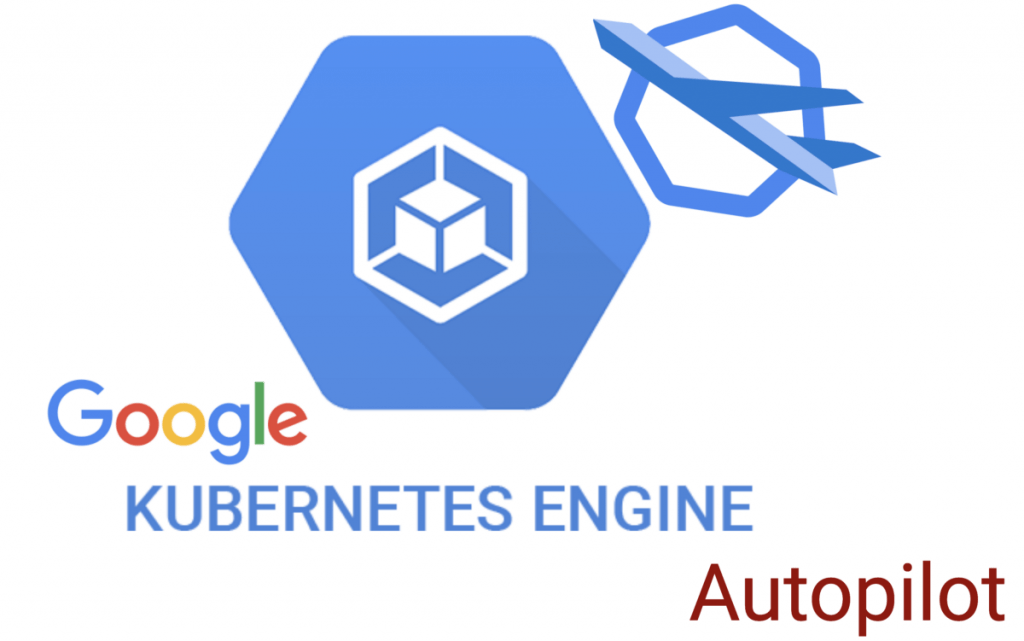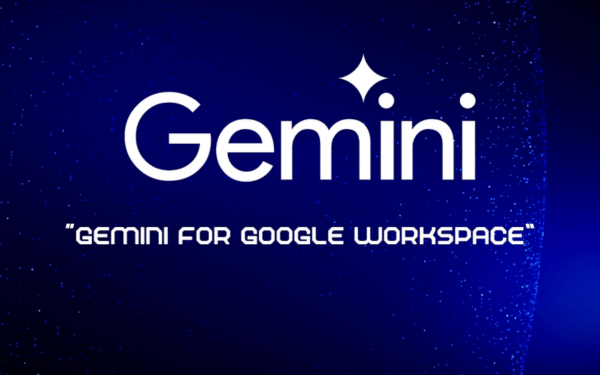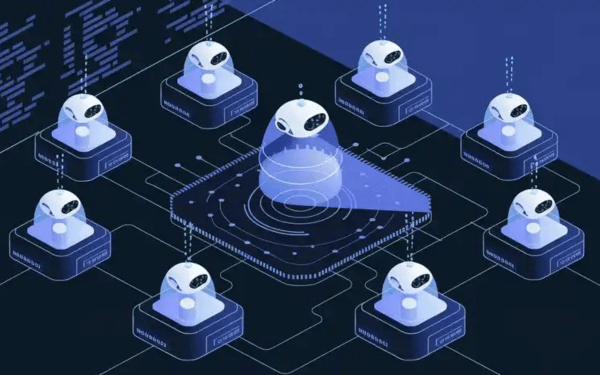Trong guồng quay công việc hàng ngày, chúng ta dành hàng giờ để soạn thảo…
Run your fault-tolerant workloads cost-effectively with Google Cloud Spot VMs, now GA
Available in GA today, you can now begin deploying Spot VMs (Google Cloud Spot VMs) in the above projects GCP so you can save now.
Modern applications such as microservices, containerized workloads, and horizontal scalable applications are engineered to persist even when the underlying machine does not. This architecture allows you to leverage Spot VMs to access capacity and run applications at a low price. You will save 60 - 91% off the price of our on-demand VMs with Spot VMs.
To make it even easier to utilize Spot VMs, we’ve incorporated Spot VM support in a variety of tools.
Google Kubernetes Engine (GKE)
Containerized applications are often a good choice for Spot VMs because they are often stateless and fault tolerant. GKE provides container orchestration solutions. Now, with support for Spot VM, you can use GKE and manage Spot VMs for even greater savings. For GKE clusters version 1.20 and later, kubelet's secure node shutdown feature is enabled by default, allowing kubelet to receive priority notifications, securely shutdown pods on nodes, and restart Spot VMs , and rearrange the pods. In this roll out, Support for Spot VMs in GKE is currently in GA
GKE Autopilot Spot Pods
Kubernetes is a powerful and highly configurable system. However, not everyone needs that much control and choice. GKE Autopilot provides a new mode of using GKE which automatically applies industry best practices to help minimize the burden of node management operations. When using GKE Autopilot, your compute capacity is automatically adjusted and optimized based on your workload needs. To take your efficiency to the next level, mix in Spot Pods to drastically reduce the cost of your nodes. GKE Autopilot gracefully handles preemption events by redirecting requests away from nodes with preempted Spot Pods and manages autoscaling and scheduling to ensure new replacement nodes are created to maintain sufficient resources.
 Spot Pods for GKE Autopilot is now GA, and you can learn more through the GKE Autopilot and Spot Pods documentation.
Spot Pods for GKE Autopilot is now GA, and you can learn more through the GKE Autopilot and Spot Pods documentation.
Terraform
Terraform makes managing infrastructure as code easy, and Spot VM support is now available for Terraform on Google Cloud. Using Terraform templates to define your entire environment, including networking, disks, and service accounts to use with Spot VMs, makes continuous spin-up and tear down of deployments a convenient, repeatable process. Terraform is especially important when working with Spot VMs as the resources should be treated as ephemeral.
Terraform works even better in conjunction with GKE to define and manage a node pool separately from the cluster control plane. This combination gives you the best of both worlds by using Terraform to set up your compute resources while allowing GKE to handle autoscaling and autohealing to make sure you have sufficient VMs after preemptions.
Slurm
Slurm is one of the leading open source HPC job managers used in TOP 500 supercomputers around the world. Over the past five years, Google has worked with SchedMD, the company behind Slurm, to release increasingly improved versions of Slurm on Google Cloud. SchedMD recently released the latest Slurm for Google Cloud, available through the Google Cloud Marketplace and SchedMD's GitHub repository. This latest version of Slurm for Google Cloud includes support for Spot VMs via the Bulk API. You can read more about the release in the Google Cloud blog post. Link: https://cloud.google.com/blog/products/compute/introducing-the-latest-slurm-on-google-cloud-scripts
Above is important information about Google Cloud Spot VMs. If your business is interested in the Google Cloud platform, you can connect with Gimasys - Google's senior partner in Vietnam to get advice on solutions according to your business's unique needs. Contact now:
- Gimasys – Google Cloud Premier Partner
- Hotline: Hanoi: 0987 682 505 - Ho Chi Minh: 0974 417 099
- Email: gcp@gimasys.com
- Sign up for a trial: Here
Source: Gimasys



